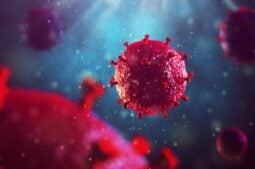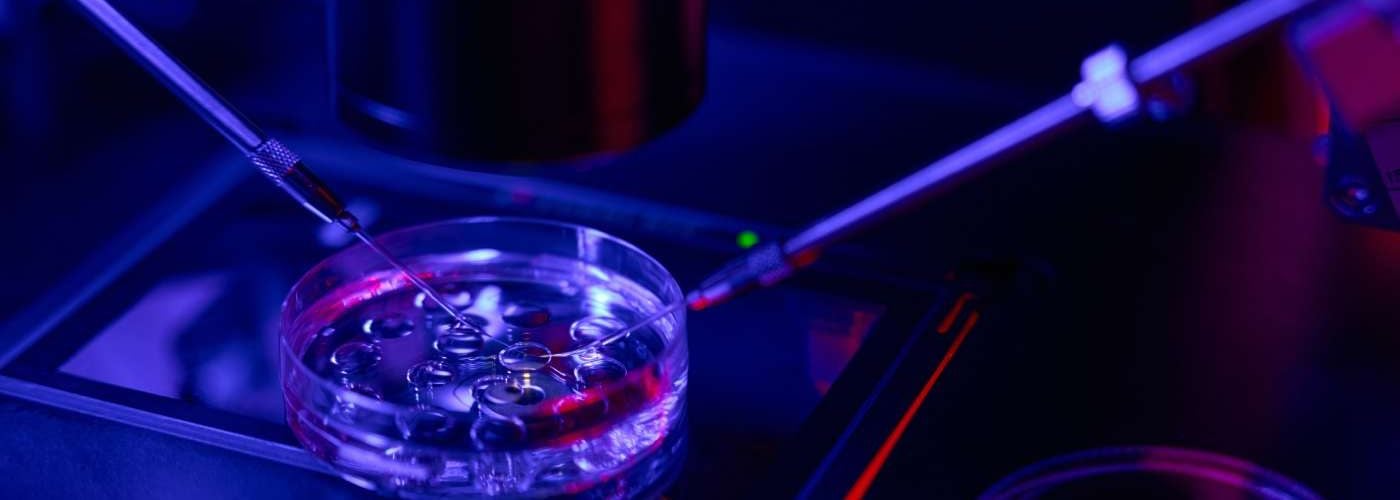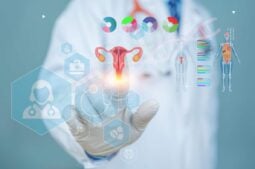
The 11th International IVIRMA Congress, recently held in Barcelona, brought together over 1,300 professionals, researchers, and academics from 58 countries to discuss the most promising advances in reproductive medicine. For several days, the city became the epicenter of scientific innovation in fertility, genetics, microbiota, artificial intelligence, and biotechnology.
Through an extensive program of keynote lectures, hands-on workshops, and interactive sessions, experts from around the world shared cutting-edge research and insights that will help shape the future of assisted reproduction.
A Congress Led by Top Global Experts
The opening press conference was led by three key figures: Professor Juan Antonio García Velasco, Chair of Obstetrics and Gynecology and Scientific Director of IVIRMA; Dr. Denny Sakkas, Scientific Director of IVI RMA America and Associate Professor at Yale University; and Dr. Agustín Ballesteros, President of the Congress and Director of IVI Barcelona.
For Prof. García Velasco, this gathering represents more than just a scientific meeting: “Increasingly delayed motherhood has created a significant socio-demographic challenge. Assisted reproduction already accounts for 11% of births in Spain, and its role will only continue to grow.”
Artificial Intelligence in Assisted Reproduction: A Growing Reality
One of the central themes of the congress was the expanding role of artificial intelligence (AI) in reproductive medicine. As García Velasco explained, “AI is no longer the future—it’s the present. It is transforming how we evaluate sperm, oocytes, and embryos, helping shorten treatment times and improve success rates.”
Thanks to machine learning, it’s now possible to more accurately identify which sperm have the highest fertilization potential or which oocytes are most likely to result in viable embryos. This more sophisticated and automated analysis holds the promise of improving clinical outcomes and reducing reproductive failure.
Genetics: Toward a More Precise Embryo Assessment
Another major focus was the presentation of new advances in preimplantation genetic testing (PGT). In particular, the integration of whole genome sequencing into the diagnostic process was highlighted—a breakthrough that could allow for complete exome reading of the embryo, paving the way for a more comprehensive genetic profile.
“This enables us to identify hereditary and acquired disease risks with greater precision, and it helps us design more personalized treatments,” García Velasco explained. In the long term, this approach could lead to the discovery of new biomarkers to predict reproductive potential, revolutionizing both prevention and clinical intervention in reproductive medicine.
Cell Biology: The Future of Human Fertility
Among the most groundbreaking topics discussed was in vitro gametogenesis (IVG), an emerging technique aimed at generating functional sperm and oocytes from stem cells. Though still in the experimental stage, mostly in mouse models, the results presented were promising.
Scientists have successfully derived sperm and oocytes from both induced pluripotent stem cells (iPSCs) and embryonic stem cells (ESCs). However, as Dr. Sakkas pointed out, “translating these findings into human application remains a major challenge.” The key barriers include replicating the ovarian niche, ensuring proper meiotic division, and mimicking natural gametogenesis at the epigenetic level.
Even so, the potential is enormous: this technique could offer fertility solutions to individuals who currently cannot produce viable gametes, such as those who have lost fertility due to medical treatments, genetic conditions, or advanced age.
In Vitro Maturationof oocytes: A Less Invasive Alternative
Another highlight of the congress was in vitro maturation (IVM) of oocytes—a technique that retrieves immature oocytes directly from the ovaries and matures them in the lab. This approach minimizes the need for intensive hormonal stimulation, offering a more natural and less invasive option for many women.
“IVM is especially beneficial for patients with polycystic ovary syndrome or those at high risk of ovarian hyperstimulation syndrome,” Dr. Sakkas explained. By reducing the risks associated with hormonal treatments, this technique enhances the safety of IVF cycles and opens new pathways for optimizing fertility treatment protocols.
A Comprehensive Vision for the Future
The congress also tackled other key areas of modern reproductive medicine, including the role of the microbiome in reproductive health, adenomyosis, and advances in the management of recurrent pregnancy loss. These multidisciplinary approaches confirm that the future of fertility lies in a holistic vision—one that integrates technology, basic science, genetics, and patient well-being to offer more personalized and effective solutions.
The 11th International IVIRMA Congress served as a beacon of hope for millions of people dreaming of becoming parents. From AI applications to the most ambitious developments in reproductive biotechnology, every discovery brings us one step closer to making parenthood a reality for those facing fertility challenges.
In the words of Dr. Ballesteros, “This congress not only reflects the pulse of global reproductive science, but also reminds us that behind every breakthrough, there is a human story. And our mission is to keep working so that more people can write theirs.”





Comments are closed here.